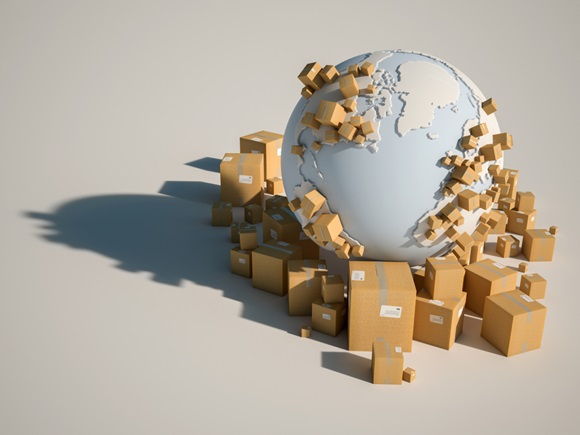Table of Contents
** Minutes
What ecommerce businesses need to know about import duties
4 reasons why governments levy import duties
Why you may face import duties and fees
3 ways that import duties are calculated
How are import duties collected?
Many ecommerce companies don’t offer international shipping because of the added complexity of international shipping. One of the reasons businesses tend to hesitate is due to import duties (taxes). These taxes on imports make international shipping more expensive. They also require added paperwork and expertise to navigate.
How are import duties calculated and collected? Here is an overview of what you need to know.
An import duty is a tax placed on imports by customs authorities in the destination country of the shipment. These duties vary by country and are dictated by the value of the goods being imported.
What ecommerce businesses need to know about import duties
Growing your business internationally is a great way to obtain more customers, but it also means dealing with the complexities of international shipping, including import duties.
Ecommerce customers receiving international deliveries may have to pay additional duties and taxes before receiving their packages, so make sure you are upfront about cost and time estimates.
4 reasons why governments levy import duties
Import duties can purely be a result of economic policy, or can be part of a larger geopolitical strategy. Here are the main reasons government place import duties.
1. Generate revenue
Import duties are an important source of revenue for many governments. They take a cut on every import and therefore get a percentage of trade revenue.
2. Protect national industries from global competition
Placing import duties on certain products discourages importation of these products, which shields national producers from global competition.
3. Punish the exporting country
Sometimes, import duties are a geopolitical move: one country levies duties against another country as an economic punishment (also called sanctions). This diminishes the market for the target country’s national goods.
4. Penalize selling products below market value
Other times, import duties are used to stabilize market prices. Known as “anti-dumping,” these import duties can prevent the spread of products that are below market value.
Why you may face import duties and fees
There are two main factors that determine whether or not you will have to pay import duties: which country you are shipping to and what products you are shipping.
Country of import
The specific import duties international shippers must pay depend largely on the country to which the products are being shipped. Each country has its own set of customs, rules, and import duties.
For example, the import duties that you owe when shipping to countries that have a free trade deal with your home country (like Canada and the US) will likely be lower than if the destination country is strongly protectionist.
Product sold
The other most important factor determining import duties and fees is the product being imported. There is a global nomenclature, called the Harmonized Tariff Schedule (HTC), which includes a corresponding duty rate for all goods in existence.
Some goods are taxed heavily and others very little, so the type of product can make a big difference. This may be at the ingredient-level.
3 ways that import duties are calculated
Countries vary in the method they use to calculate import duties as well. There are three main ways that these duties will be levied.
1. Percentage of the imported value
This is one of the simplest methods of calculating import duties: it simply involves paying a specific percentage of the total stated value of the products being imported. So, if you’re shipping $350 worth of goods and the duty is 10%, then you would owe $35.
2. Per-product rate
This duty is a bit more complicated. Rather than paying a percentage of the overall sum, you pay a specific percentage on each imported product. These rates may vary by product
3. Per-pound rate
This method is more similar to the first, but it involves paying a specific percentage for each pound of imported product.
How are import duties collected?
First, the value of the goods being imported are declared to customs by the importer in the manifest declaration. Then, customs officials assess the value of the goods upon receiving them and calculate the required duties, which must be paid when the goods arrive at the border.
If protocol is not followed, it can result in a delivery exception, resulting in custom delays.
Who’s responsible for paying duties?
In ecommerce, the cost of import duties from international shipping should be passed along to the customer (DDU shipping) instead of the seller paying for duties (DDP shipping). Some countries have very high import duties for consumer products; these costs can even be as much as the product itself.
If your business has to cover the cost of import duties itself, then shipping internationally may not be worthwhile.
Instead, make sure that you state clearly that customers are responsible for all duties and import fees, and factor these costs into the shipping estimate customers get in their online shopping cart. Otherwise, these costs will cut into your revenue, if not outright
Conclusion
If your ecommerce business wants to start shipping internationally, then you’ll need expertise not just on import duties, but also on customs rules and other potential fees.
Partnering with a 3PL like ShipBob helps make your international fulfilment run smoothly and efficiently, regardless of which country you are shipping to. ShipBob has fulfilment centres across the globe, plus technology to help ship your orders anywhere with ease.
Learn more by requesting a pricing quote today.




